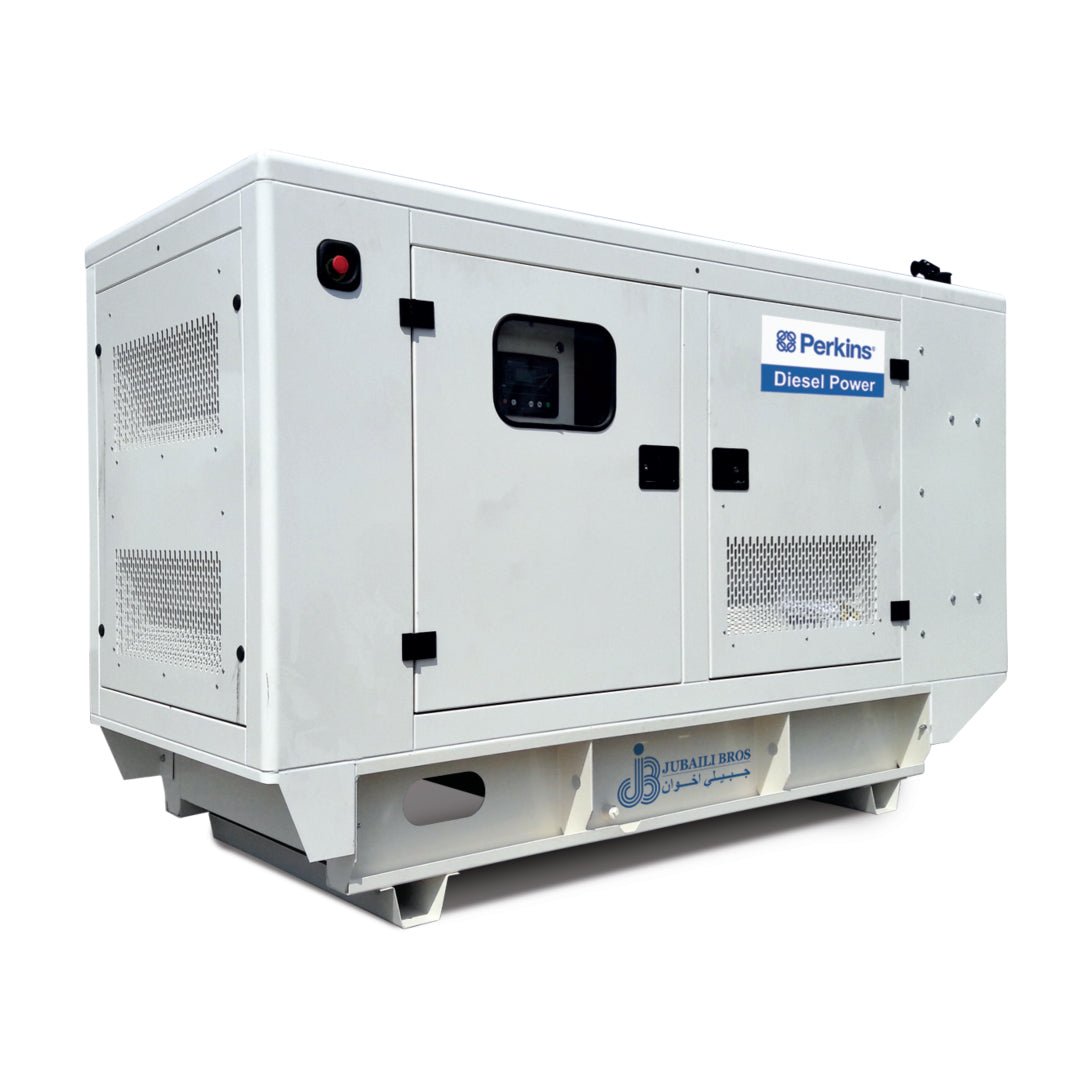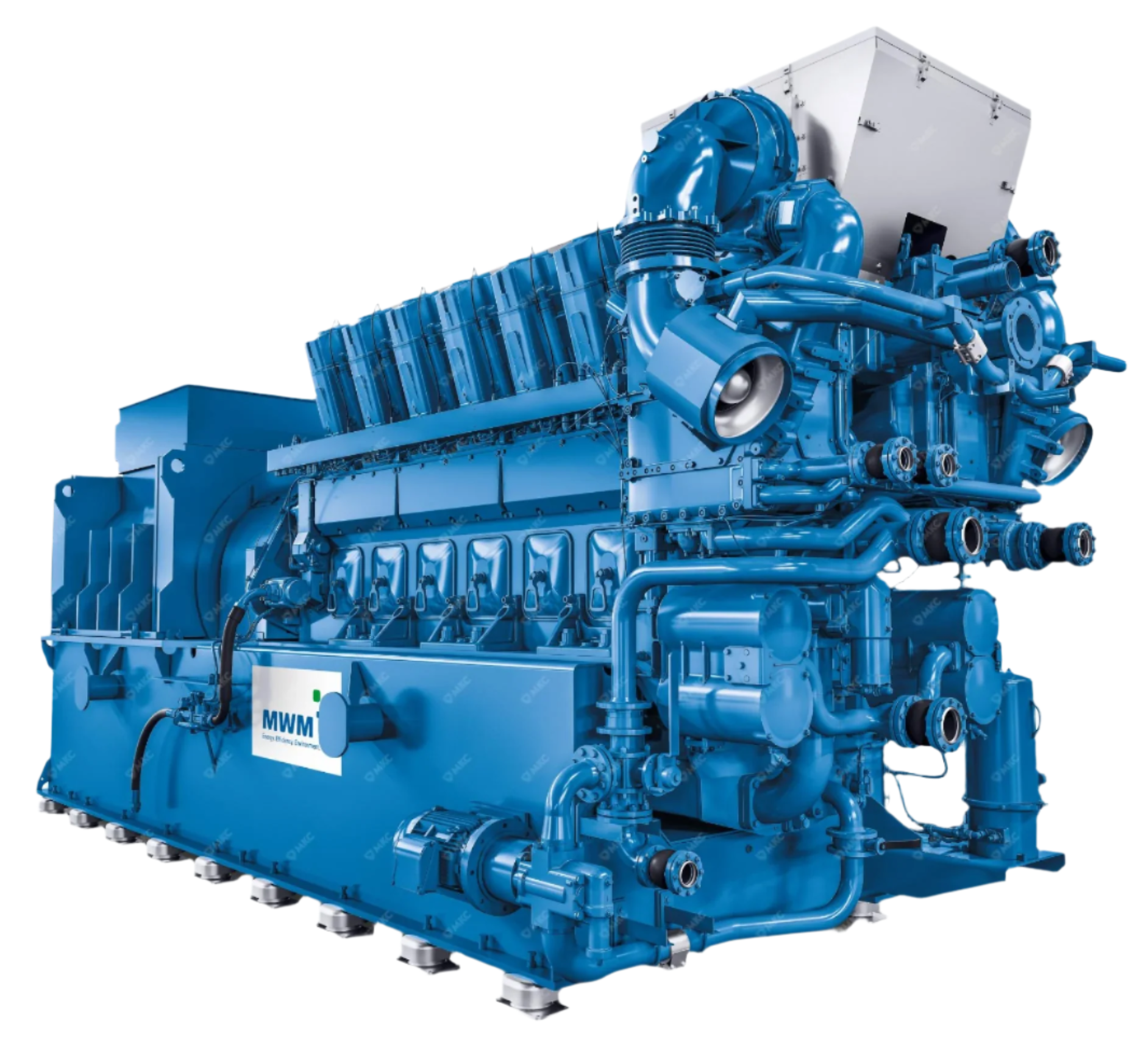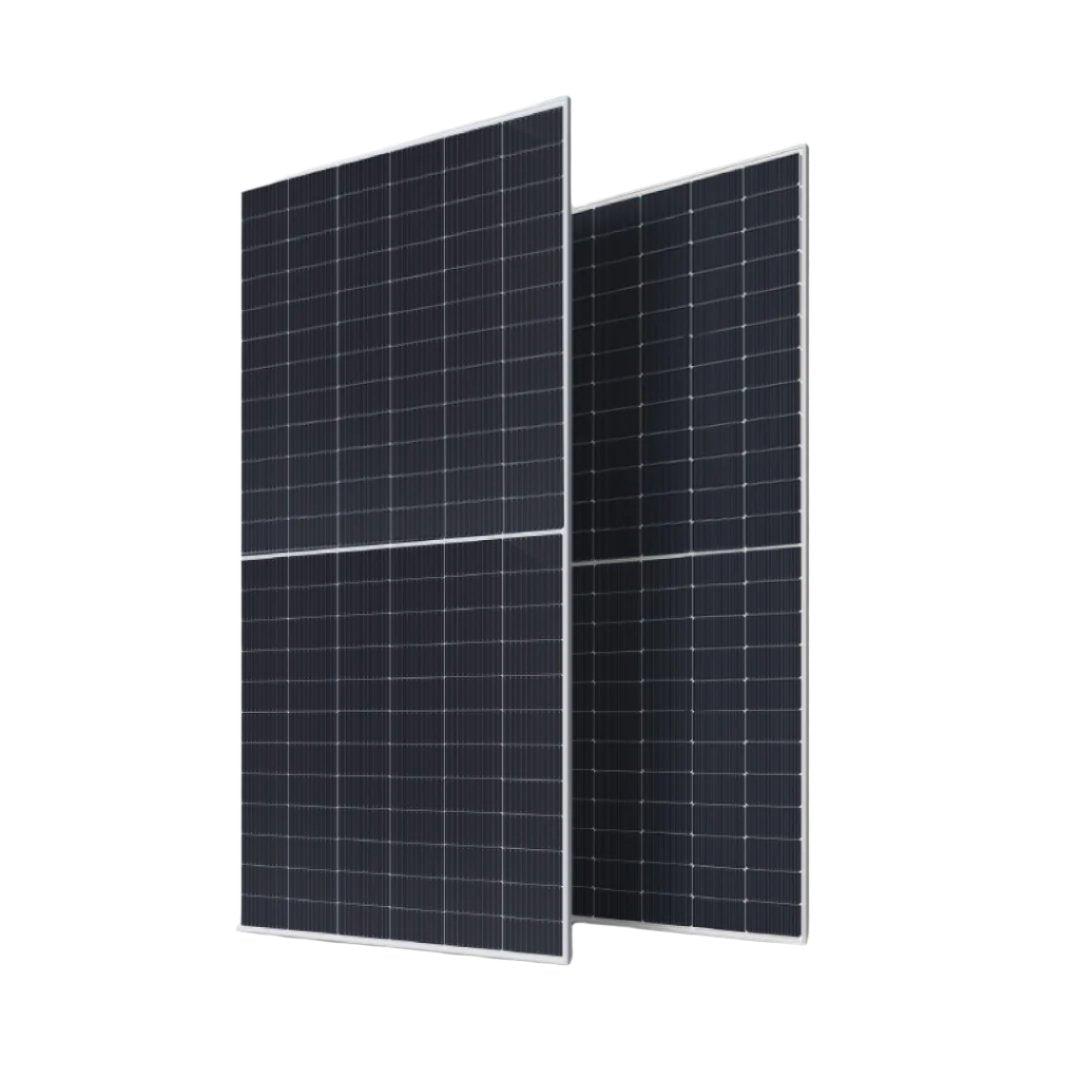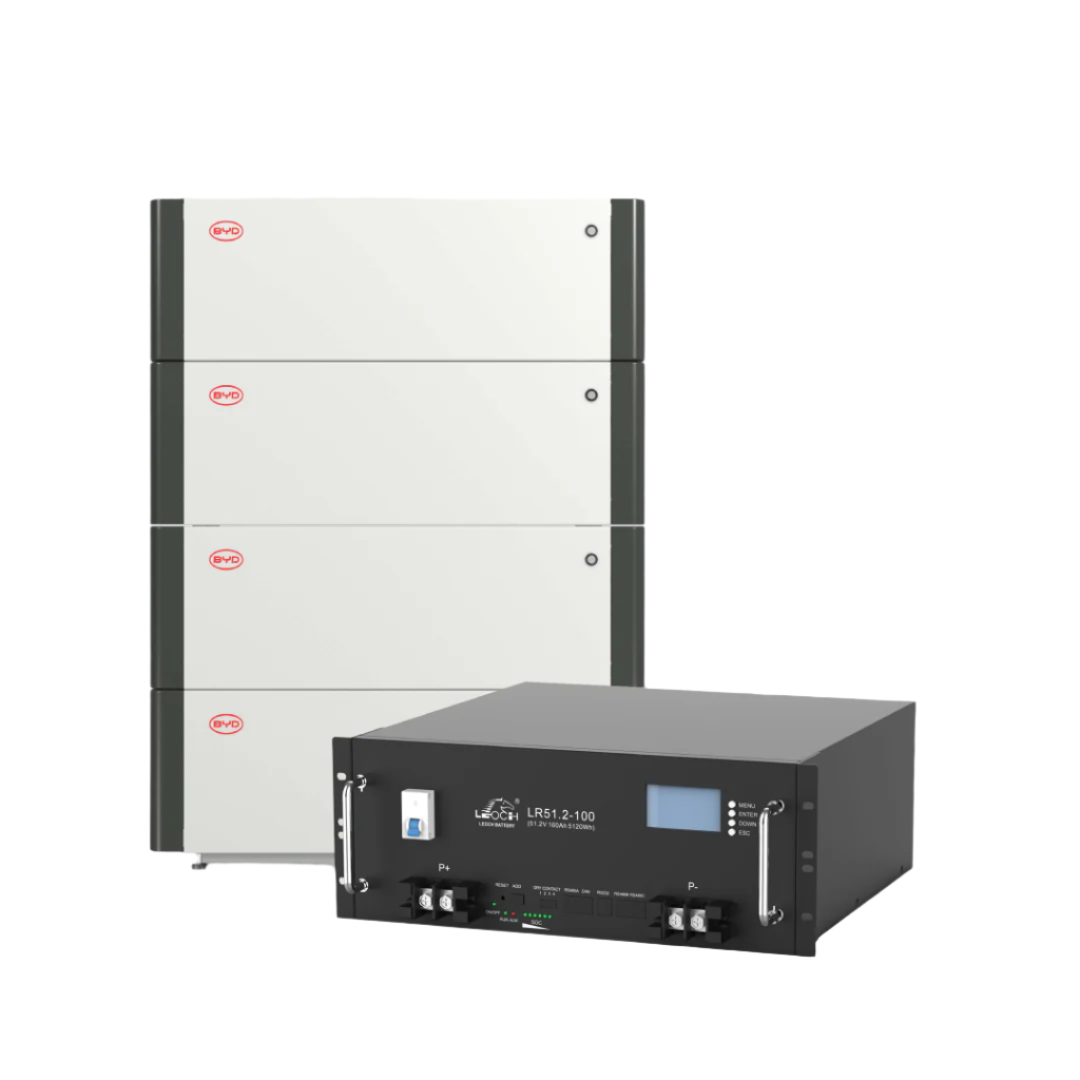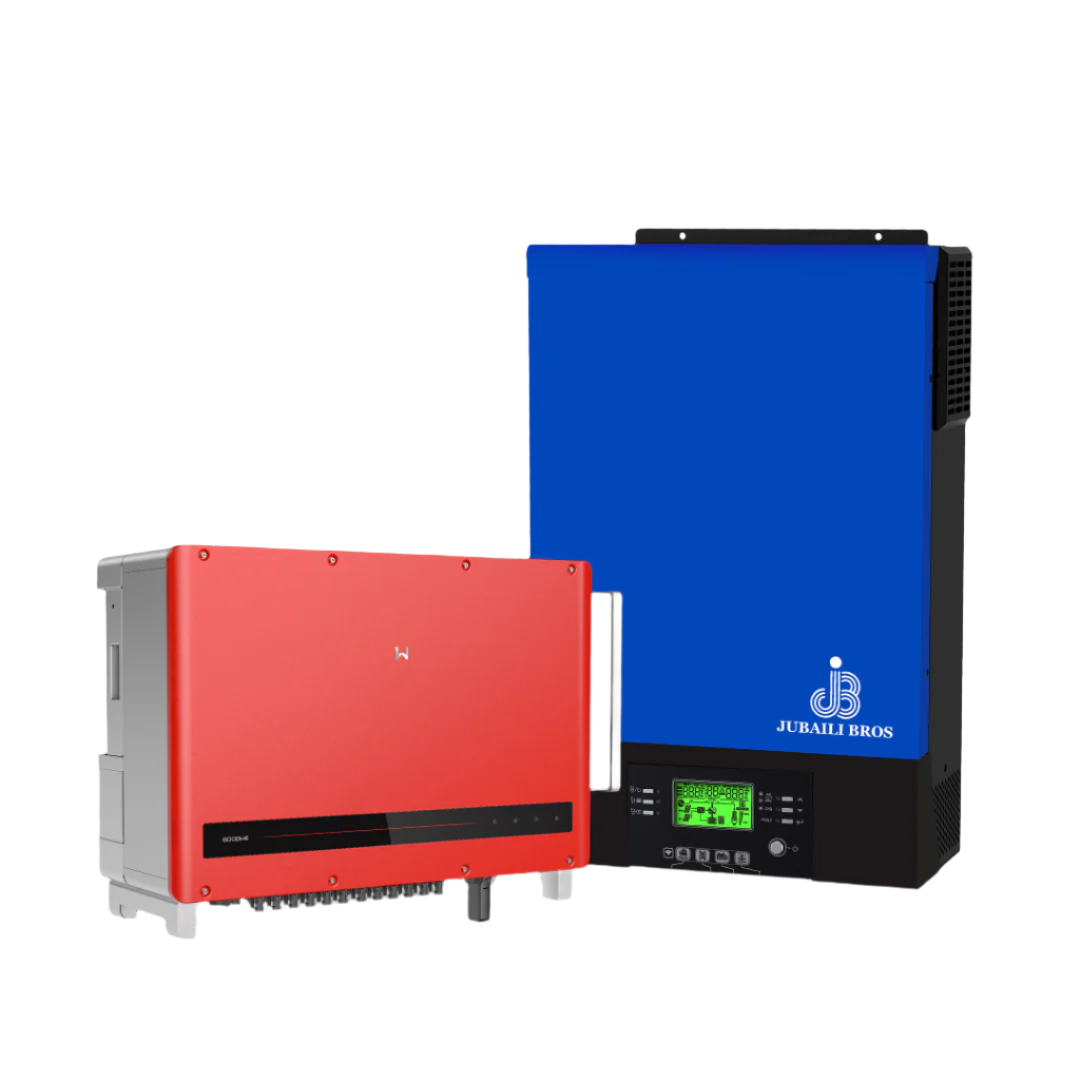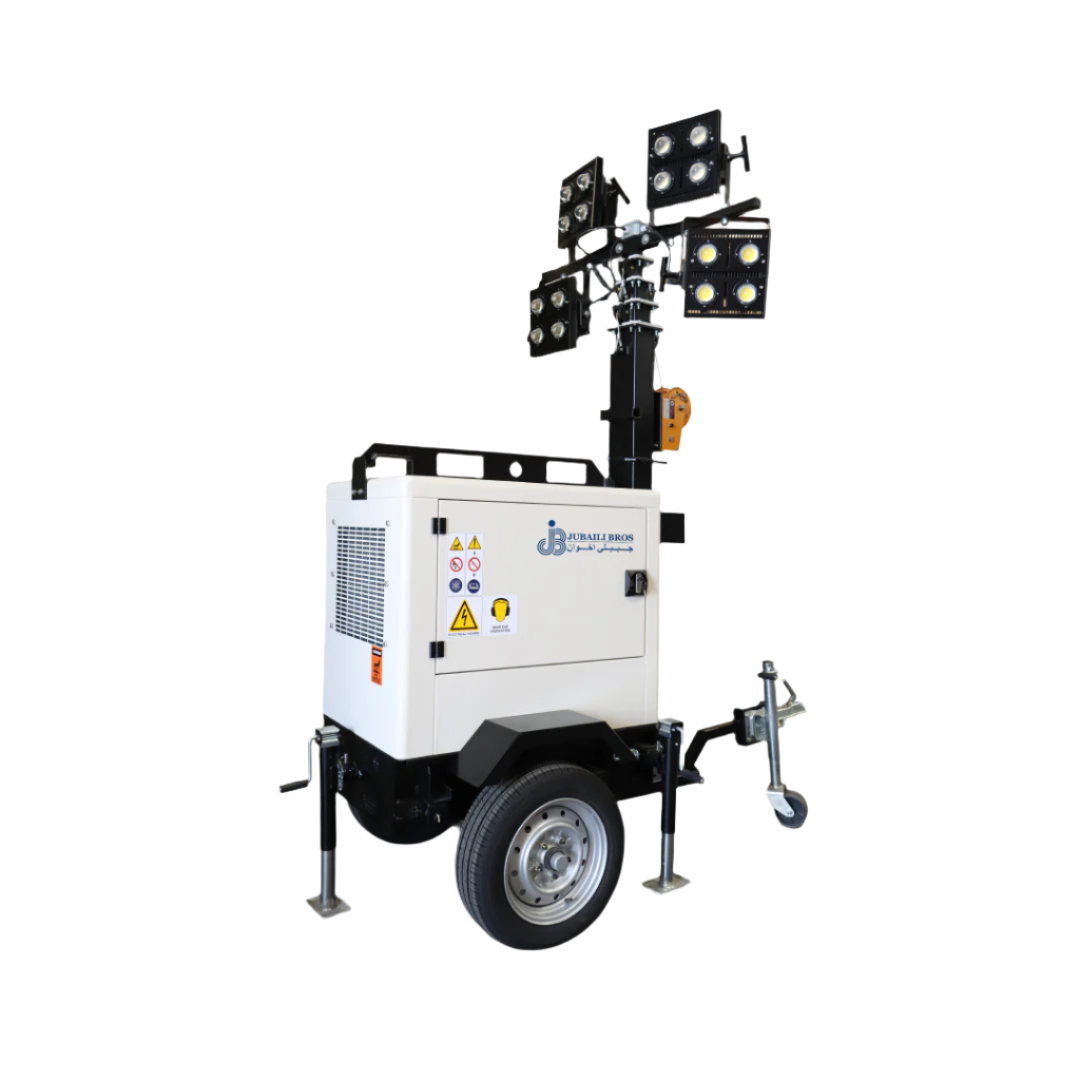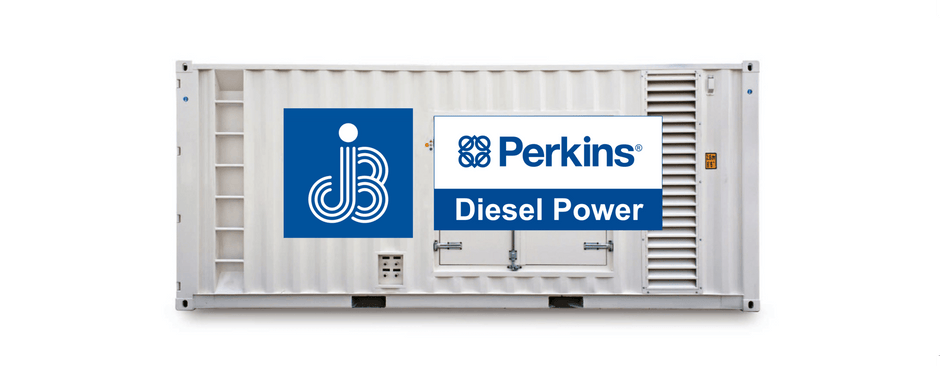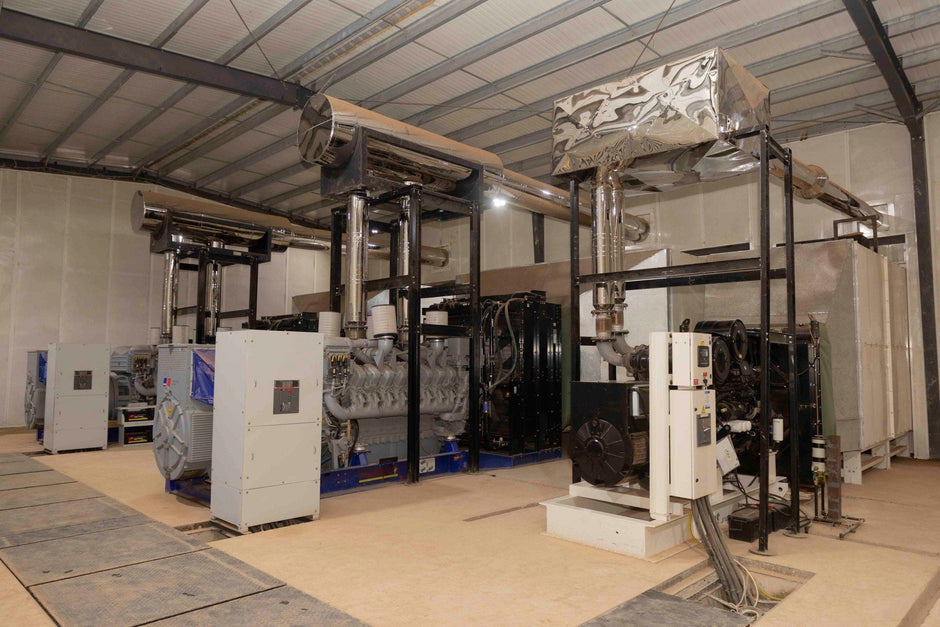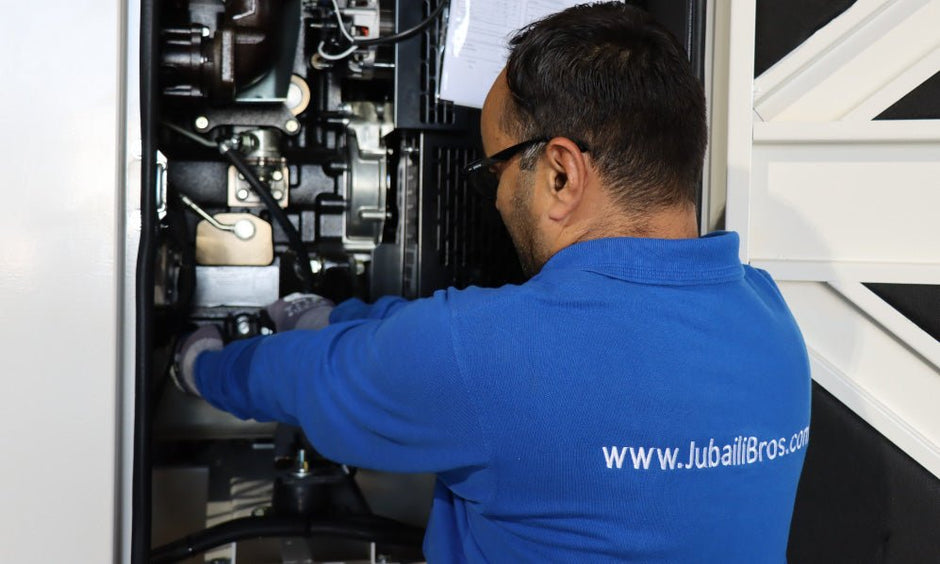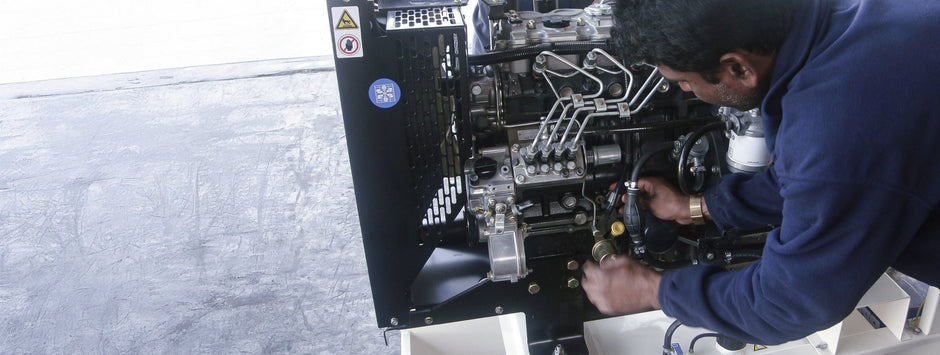When reviewing a generator specification sheet, two key ratings often stand out: apparent power, expressed in kilovolt-amperes (kVA), and active or “real” power, expressed in kilowatts (kW). Although both are measured in thousands of watts, they are not interchangeable. Understanding the difference between kW and kVA is essential when sizing a generator, managing fuel consumption, and ensuring your installation meets operational and safety requirements.
Why Two Power Units Exist
Generators supply electrical energy to a variety of loads—resistive, inductive, capacitive, or mixed. The total power delivered consists of two parts:
- Real (active) power – kW: the portion used to perform actual work, such as driving motors, heating elements, or lighting systems.
- Reactive power – kVAR: the portion that oscillates between the generator and the magnetic or electric fields of the load, necessary for equipment operation but doing no net work.
Apparent power (kVA) is the vector sum of kW and kVAR. Alternators are rated in kVA because copper and iron losses are driven by total current. In contrast, engine manufacturers focus on kW—the real power delivered at the shaft. This is why most generator sets carry both ratings.
The Power Factor Connection
The relationship between kW and kVA is expressed by the power factor (PF):
PF = kW ÷ kVA
Power factor is a unitless number between 0 and 1. Purely resistive loads have PF ≈ 1, while inductive and capacitive loads reduce it. Most industrial and commercial installations operate at PF ≈ 0.8. As a result, diesel generators are typically specified at 0.8 power factor unless noted otherwise.
Converting Between kW and kVA
Once PF is known:
- kW = kVA × PF
- kVA = kW ÷ PF
Example: A 500 kVA generator at 0.8 PF provides 400 kW. If your application requires 250 kW at 0.85 PF, the minimum required size is 250 ÷ 0.85 ≈ 294 kVA. Jubaili Bros would typically recommend a 300 kVA prime-rated generator or 330 kVA standby for margin and resilience.
Why Manufacturers Rate Generators in kVA
Three reasons explain the preference for kVA ratings:
- Universality: Different markets operate with varying power factor standards. kVA ratings apply globally, letting the same alternator serve various load profiles.
- Design integrity: Alternator heating depends on total current, which correlates with kVA. Using kVA ensures the alternator is not overloaded regardless of PF.
- Clarity: Quoting a single kVA value avoids confusion over different kW outputs under various PF assumptions.
Prime, Standby, and Continuous Ratings
In addition to kW and kVA, generators are rated by their intended application:
- Prime power: Unlimited hours per year with variable loads. 10% overload permitted for one hour in every 12.
- Standby power: Backup operation during outages. Limited to 500 hours/year, no overload capability.
- Continuous power: Base-load operation at a fixed load with no interruptions. Typically similar to prime rating without overload.
For example, a generator rated at “500 kVA standby / 455 kVA prime” reflects these distinctions, and actual kW output varies once power factor is considered.
Oversizing vs Undersizing Risks
Undersized generators can cause:
- Voltage and frequency dips during motor starts or heavy loading.
- Overheating, elevated exhaust temperatures, and shortened engine life.
Oversized generators may run under 30% of rated load, causing wet-stacking—unburned fuel accumulates in the exhaust, increasing maintenance and fuel costs.
Step-by-Step Sizing Process
Follow these six steps when sizing a generator:
- List all connected loads with kW and starting kVA requirements.
- Group loads by sequence of operation and determine peak simultaneous kVA.
- Apply diversity factors for non-coincident loads.
- Select an appropriate base PF (0.8 for most industrial settings).
- Convert peak kVA to kW to ensure engine capacity aligns.
- Add 10–20% margin and select the closest Jubaili Bros model.
Worked Example: Food Processing Facility
| Load | Running kW | Starting kVA | PF |
|---|---|---|---|
| Chiller Compressors (2x) | 160 | 240 | 0.8 |
| Lighting & Small Power | 40 | 40 | 1.0 |
| Conveyor Motors | 30 | 90 | 0.7 |
Total running load = 230 kW
Total starting kVA = 370 kVA
Required prime rating = max(230 ÷ 0.8, 370) = max(288 kVA, 370 kVA) = 370 kVA
Recommended size: 400 kVA prime-rated generator (e.g., JBD400) for load handling and future growth.
ISO 8528-1 Tolerances
This standard allows ±0.5 Hz frequency and ±1% voltage deviation at steady load. Deviations beyond this during testing may indicate overload or poor regulation. Monitor PF, kW, and kVA directly from the generator controller—Deep Sea, ComAp, and Jubaili Bros panels display all values for precise diagnostics.
Key Takeaways
- kW measures real power; kVA represents total electrical demand.
- Power factor connects the two: kW = kVA × PF.
- Always verify your load’s PF—generators are rated assuming PF = 0.8.
- Oversizing wastes fuel; undersizing risks trips, overheating, and damage.
- Jubaili Bros engineers offer detailed assessments to ensure correct sizing.
Power Factor by Application
- Data centres: PF 0.95–1.00 (near-unity)
- Construction sites: PF 0.70–0.80 during crane operation
- Telecom shelters: PF near 1.0 after startup
- Oil & gas rigs: PF around 0.75 due to mixed loads
These typical PF values help guide early-stage generator sizing and planning.
Impact on Cabling and Protection
High kVA demands result in higher current, requiring larger conductors and MCCBs. For example, a 250 kW load at 0.6 PF translates to 417 kVA, which may necessitate upsized cabling and switchgear. Always coordinate with your Jubaili Bros engineer to assess voltage drop, cable heating, and protection settings.
Modern Controllers Streamline Power Management
All Jubaili Bros generator controllers support real-time display and logging of kW, kVA, and PF. Additional features include:
- Automatic load shedding on abnormal PF events
- Visual dashboards for reactive power trends
- Remote monitoring via Modbus TCP/IP
This data enables better PF correction, load balancing, and long-term fuel savings.
Need assistance with generator sizing or load analysis? Contact Jubaili Bros for expert guidance and field-proven solutions.







